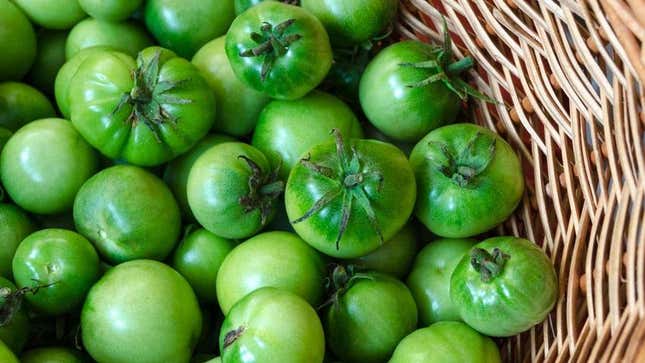
I have disgusted more than one person in my life by eating a large tomato like an apple. I’ll eat tomato products like tomato sauce or tomato soup, but there’s something about the freshness of a raw tomato that calls my name—a glorious seasonal fruit that tastes wonderfully like a vegetable.
To put the mystery to rest for once and for all: While tomatoes are a fruit because they are a berry, they’re also known as a “culinary vegetable” because of their savory umami flavor. They’re the state vegetable of New Jersey and the state fruit of Ohio, where tomato juice is the state beverage. Arkansas has declared it the state fruit and vegetable! They come in many sizes and over a thousand varieties, so here’s a casual guide to the ones you’re most likely to find in the grocery store, at the farmers market, or growing in a backyard garden.








